22 Savage Hi-Power
Minute-of-Moose
feature By: Terry Wieland | June, 25
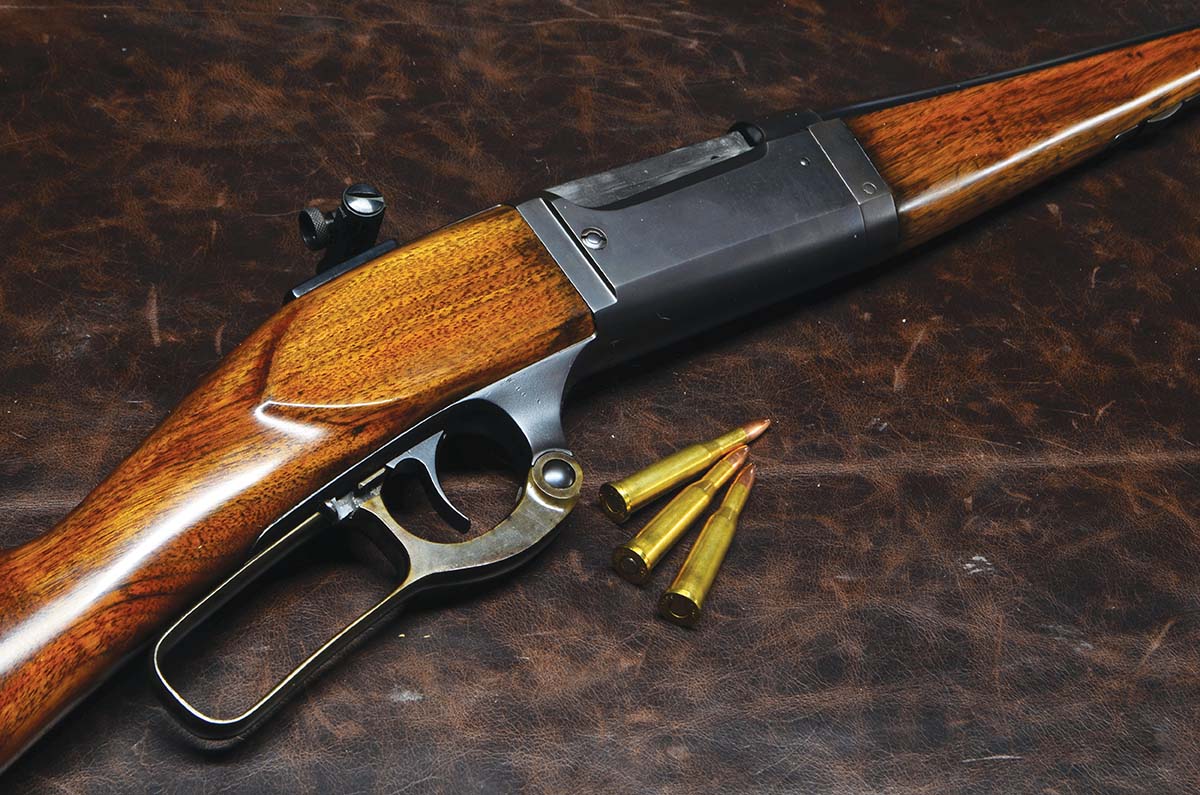
Since its introduction in 1912, the cartridge has gone by many names: Hi-Power, High Power, “Imp” and just plain 22 Savage. (“Imp,” by the way, means “scamp,” not improved, as in Ackley Imp.) To cut down on the confusion, we’ll just call it the Hi-Power.

However, it was the age of P.T. Barnum and outlandish marketing; Savage had already pulled it off with the 303 Savage, introduced in 1895. It, too, had become a world traveler and knocked off at least one elephant. Buoyed by this, Savage was more than willing to do it again with the Hi-Power.
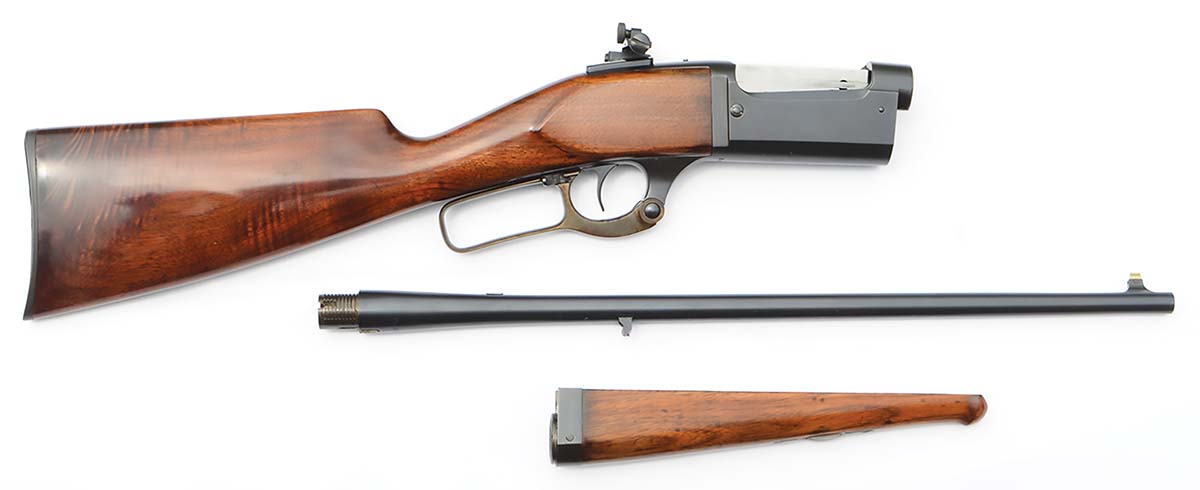
As far as I can discover, no other American gunmaker ever chambered the Hi-Power, although it became a lasting hit in Europe. We’ll get to that later.
From the vantage point of a hundred years on, the Hi-Power looks decidedly odd. Its bullet diameter is .227 to .228 inch (it varies). The only one of its kind in the smokeless world. It’s understandable, however, since in 1912, .223 to .224 was not standardized as the caliber for hotshot .22s, while .228 was used for a few old black-powder rounds. That, as it turned out, was the least of its worries.
Ever since its introduction, handloading writers, notably Phil Sharpe and Ken Waters, have remarked that everything varies, from bore and bullet diameter to chamber and case dimensions. Savage was famous (or infamous) for experimenting with oversized bullets (or undersized bores), which may account for bores measuring anywhere from .226 to .229.
To give some idea of the disparities, Ken Waters reported that his reworked 1899CD, rebarreled at the factory with a 24-inch tube, measured .2265 inches in the bore, and all the bullets he could find, including old factory rounds, were .227. The Lyman Reloading Handbook, 45th Edition used unidentified .228 bullets, while the bore of its test 1899 was .229. I have some old 60-grain bullets made by P.O. Ackley for his 228 Ackley Magnum, and they are .224, even though the cartridge specs say .228.
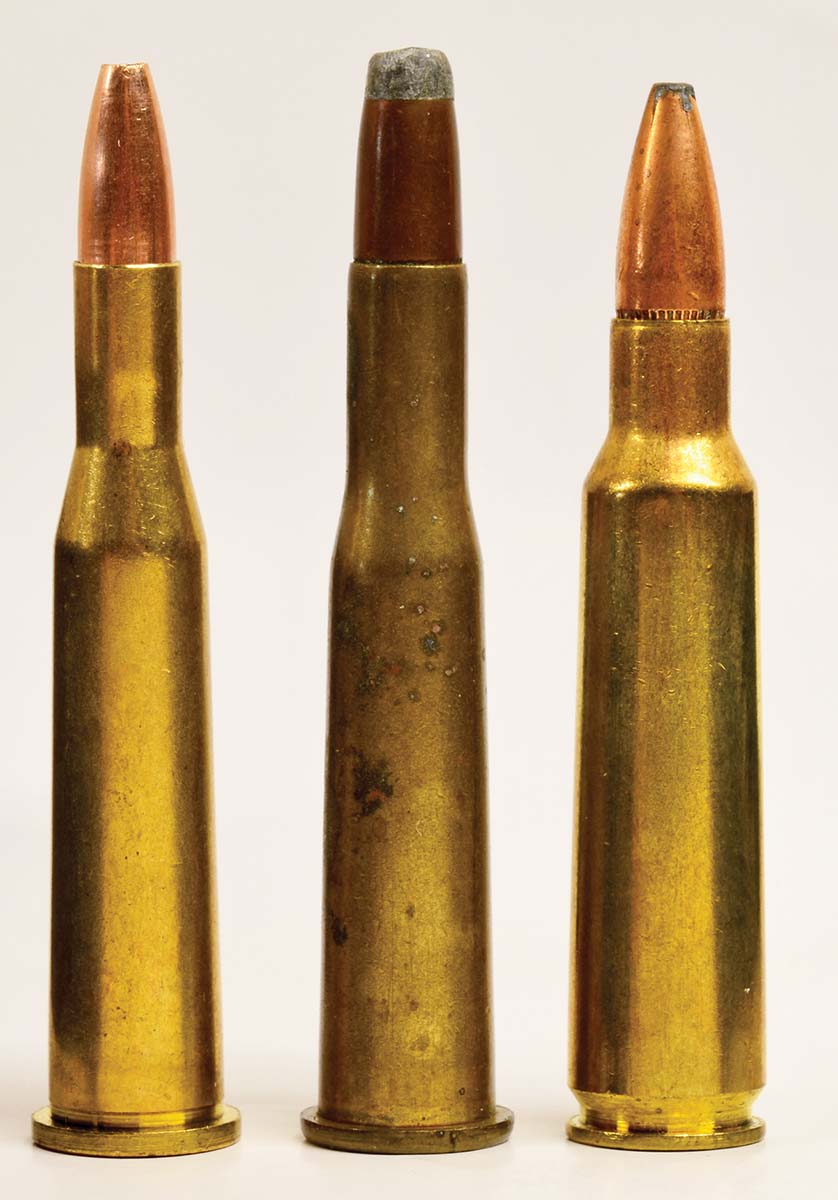
Although the Hi-Power found few takers in America, Europeans fell in love with it. Its ballistic capabilities were ideal for two popular game species: the diminutive roebuck and the capercaillie, a giant grouse generally shot out of trees with a rifle. The Hi-Power’s rimmed case lent itself to European favorites such as double rifles and three-barreled drillings. They designated it the 5.6x52R, and it’s manufactured by Norma, RWS and Sellier & Bellot (S&B), among others. At various times, brass has been available, and Waters managed to obtain some RWS and also some Canadian Dominion brand.
The last American-made ammunition disappeared from the lists around 1954, although Canada’s C-I-L (Dominion) kept it in production for many years thereafter.
A quick search of the Internet revealed that at least three sources have loaded ammunition from S&B, and Graf’s lists brass from Quality Cartridge, which is currently out of stock.
For years, Huntington Die Specialties was a good source of Norma brass and .227-.228 bullets, and Bob Hayley provided good cast bullets. Both, alas, are now gone. For a while, Hornady made 70-grain .227, and the Hornady Handbook of Cartridge Reloading, Third Edition listed load data, but its results were obtained in a special-order Mauser 66 (barrel length unknown), an ugly and short-lived but undoubtedly strong bolt rifle. Hornady reported a muzzle velocity of 3,100 fps using 27.0 grains of IMR-3031 more than 300 fps faster than Lyman got with the same load in its 99. Hornady also reported 3,200 fps with N203. Hornady no longer lists either the bullet or data.
Fifteen years ago, in one of my earliest reloading articles for Handloader, I wrote about the tribulations of the Hi-Power. They were such that it was impossible to compile one of our familiar loading tables simply because the results I achieved were abysmal. At least part of that is due to my rifle, a Model 1899H takedown with a short wand of a barrel, which had a hard life before it came into my possession.
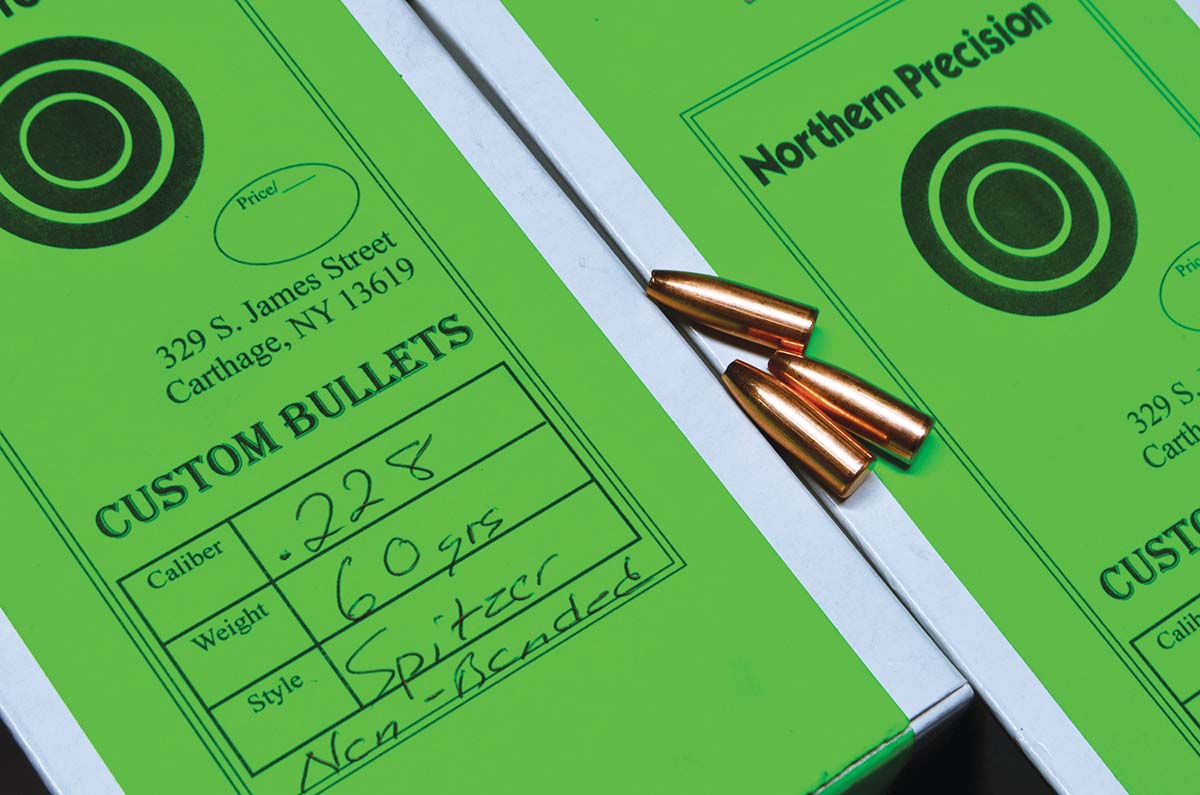
A couple of years later, I turned the rifle over to Todd Johnson, who carried out a complete restoration and returned the rifle to me looking like new. I found a suitable Redfield receiver sight and thought it should be good to go. Should be, but…well, I have yet to find a load that will perform to even the most basic level.
A year ago, I moved farther out where, on a small farm, I was in constant contact with deer, turkeys, opossums and armadillos, amongst other fauna. Most I welcome, but not the armadillos. Surrounded by neighbors who hunt, the odd rifle shot disturbs no one, but nearby houses must be taken into account.
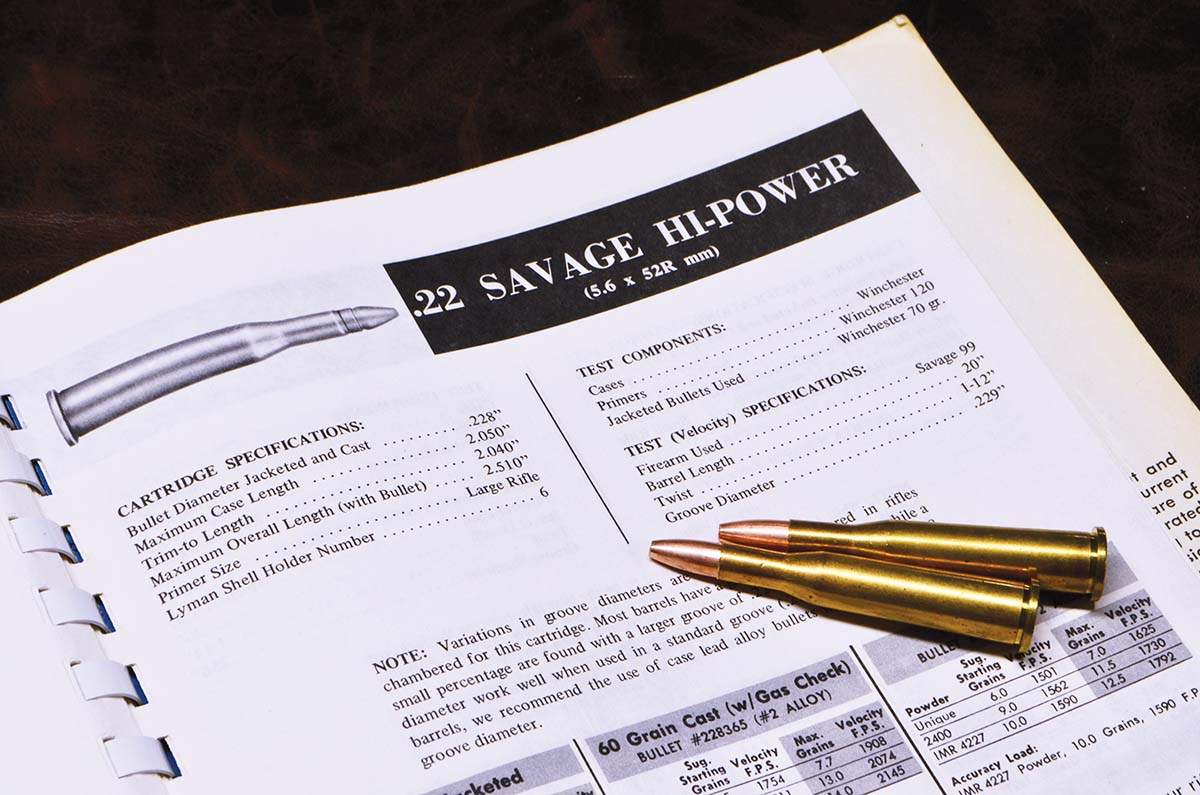
Then, Bill Noody of Northern Precision contacted me with the news that he had three new .228-diameter bullets and would like me to try some. A few days later, I found a package by the door, and began dusting off my Hi-Power loading equipment.
Bill, for those who have not made his acquaintance, likes to play with bullets of odd diameters, like .228, or unusual weights and shapes in the usual suspects, like .458.
The three new .228s are hollowpoint spitzers – a 60-grain, a 70-grain bonded core and a 70-grain unbonded. This is serendipitous since the bore of my rifle measures .2275 to .2279, depending on how I hold the micrometer. For the record, the bore widens noticeably near the muzzle, almost like a tulip choke, then tightens back down. It also appears to be slightly oval. Even after cleaning it, slugging it, and then cleaning it again, the bore resembles an unused coal mine.
Given all of the above, you can understand why my modest accuracy goal is to employ a much-overused analogy: minute of armadillo at 50 yards.
The brass on hand is Norma, which I always found to be first-rate, and it fits my rifle just fine. There does not seem to be any other readily available, but given the scattered nature of all Hi-Power components, not only of all Hi-Power components but also of general loading supplies, that does not mean you won’t be able to find some. Maybe.
The missing essential is loading data. Not surprisingly, there is little or nothing new that is, not since Ken Waters’s article in 1983. Good old Lyman Reloading Handbook, 45th Edition has some data in its “obsolete cartridges” section, burning three powders that were mainstays then – IMR-3031, IMR-4895 and IMR-4320. The second is out of stock and the third has been discontinued, but IMR-3031 soldiers on. For cast bullets, it suggests Unique, 2400 and IMR-4227.
By a fortunate coincidence, both Lyman’s and Ken Waters’s best load with a 70-grain bullet used IMR-3031, so I began with that, backing off by ten per cent.
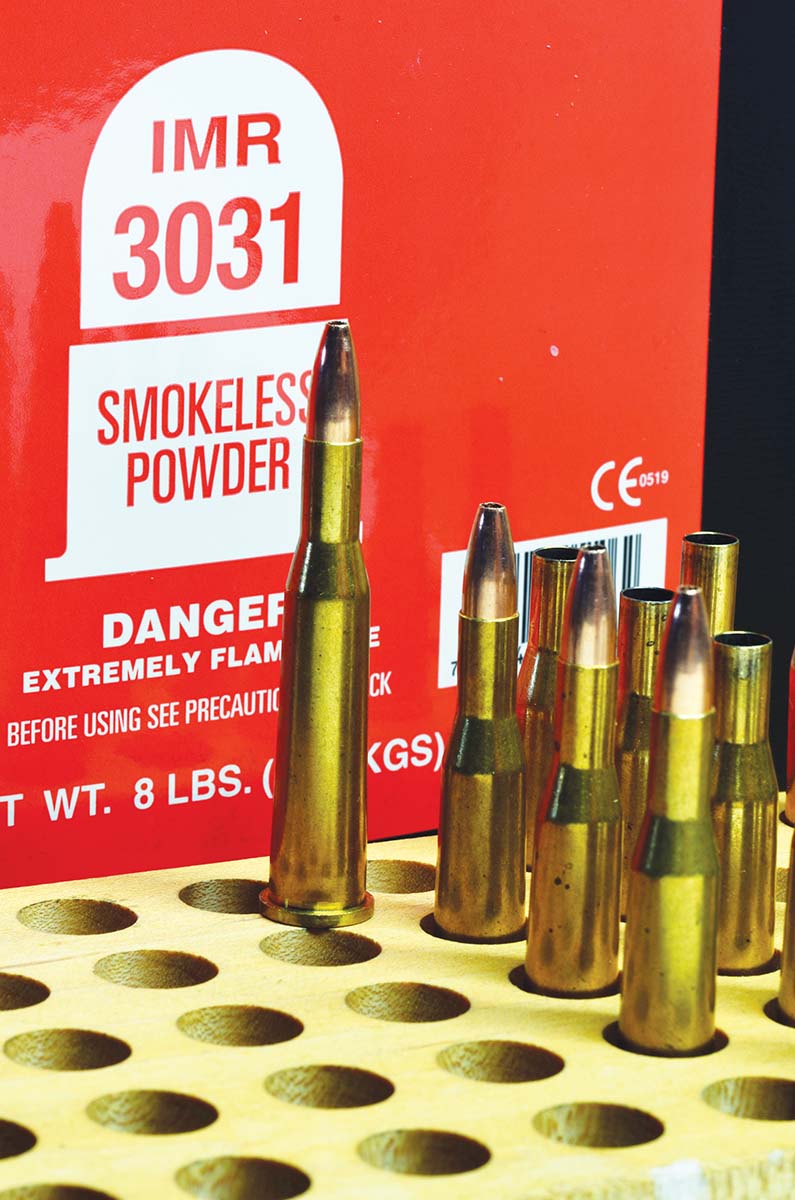
As you can see from the accompanying table, I started low with both bullet weights but using identical charges, checked for any sign of anything unexpected and worked up to 27.0 grains one shot at a time without incident. Nary a pressure sign did I see. With Norma brass, 27.0 grains fills the case to the base of the 60-grain bullet, and with some compression with a 70-grain bullet.
This, by the way, is the load for which Hornady reported 3,100 fps with their 70-grain (.227) bullet way back when, while Lyman’s velocity was 2,777 fps using the same barrel length I have. Even with a 60-grain bullet, I came nowhere near either of those.
In my tests from years ago, the bane of my life with several types of bullets was either yawing or outright keyholing, and as long as that occurred there was no hope of usable accuracy. Ken Waters found the same thing, and attributed it to excessively long ogives in the bullets he was using.
The new Northern Precision designs all have short ogives, and so the bullets are slightly shorter for their weight – the 70-grain a hair shorter than the Hornady of the same weight, the 60-grain significantly shorter, and I hoped that would make a difference. As it turned out, there was no evidence whatsoever of bullet yawing. Unfortunately, that was as good as the improvement got.
Initial firing at 75 yards resulted in not all the bullets hitting the rather generous expanse of paper, so I moved into 50 yards and then 35. At that modest distance I managed two three-shot groups (one with each bullet weight) measuring around six inches each. So much for minute-of-armadillo at 50 yards; more like minute-of-moose at 35. Even so, Arthur Savage’s long-ago outrageous claims notwithstanding, a moose cartridge it ain’t.
Obviously, while a truly dreadful bore may perform well occasionally, in this case just obstinately will not.
This test did teach me one thing (other than the wisdom of leaving the 22 Hi-Power on the rack) and that was that the Northern Precision bullets worked to perfection in every way except printing small groups on paper, and that was hardly their fault. I would love to see what they would do in a rifle like Hornady’s Mauser 66, or Ken Waters’s 1899CD with the custom-fitted barrel.
Meanwhile, if you have a Hi-Power that won’t perform and you want to try something new, I suggest Northern Precision’s 60- and 70-grain hollowpoints could do the trick. No promises, though. Another thing I’ve learned from the 22 Savage Hi-Power is never count your chickens.


